How to deadhead roses – keep your plants blooming all summer long with these tips
Knowing how to deadhead roses could be the key to your most beautiful garden displays yet
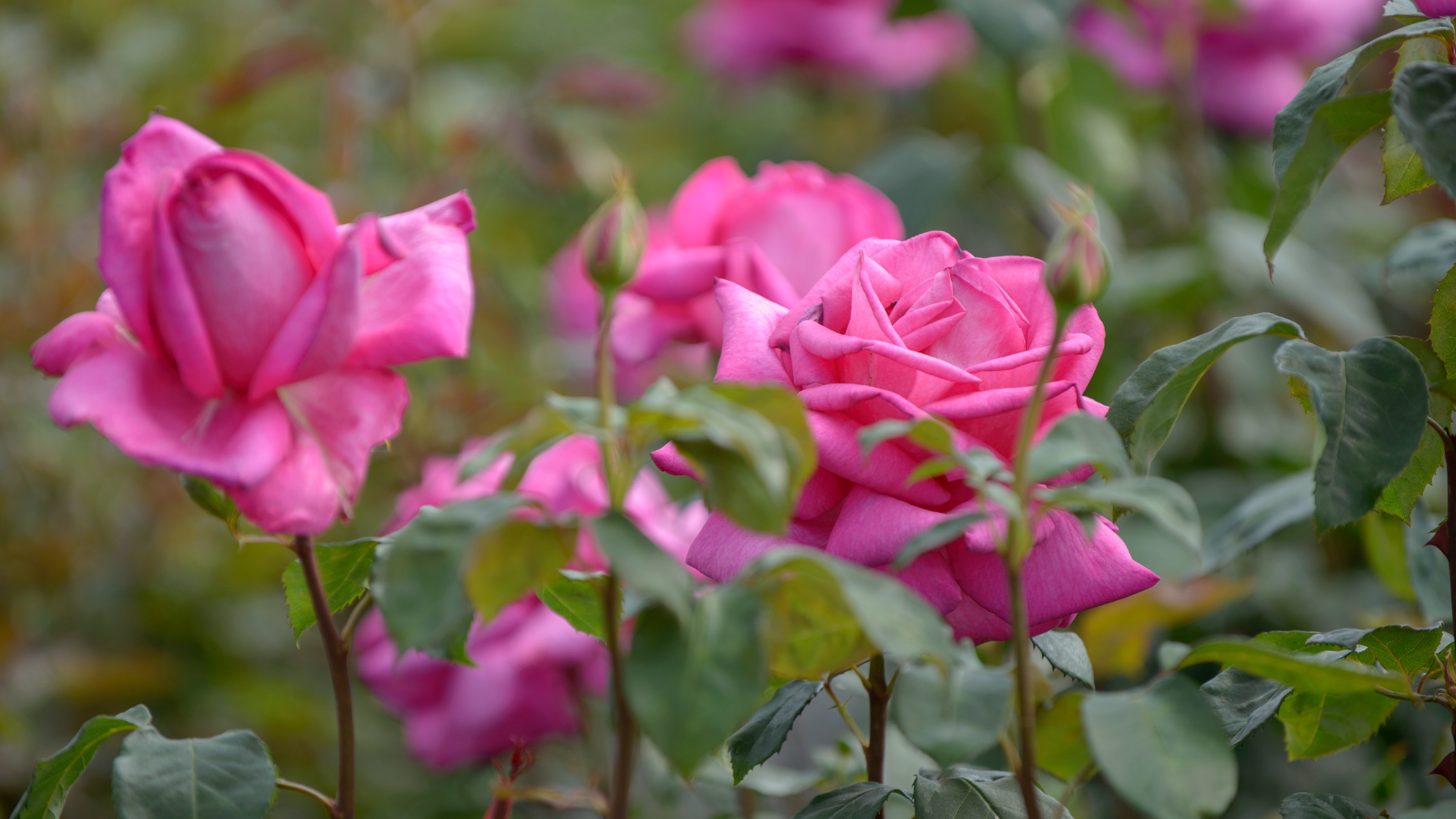
Sophie King
Roses are among the most beautiful blooms you'll find in the garden, but it's important to give them the right TLC if you want long-lasting displays. Learning how to deadhead roses is simple, and it'll help you get the most out of the flowering period.
If you're up to scratch with how to grow roses, you'll probably be wondering how to remove the spent blooms properly. Knowing when to prune roses is one thing, but best practice is to deadhead roses throughout the summer.
'Roses should be deadheaded in summer in order to prolong the flowering season,' says Angela Slater, gardening expert at Hayes Garden World. 'Deadheading also keeps the plant healthy as spent blooms attract fungal growth which could spread to the rest of the plant.'
We've put together a guide on how to deadhead roses to help your plants thrive all summer long.
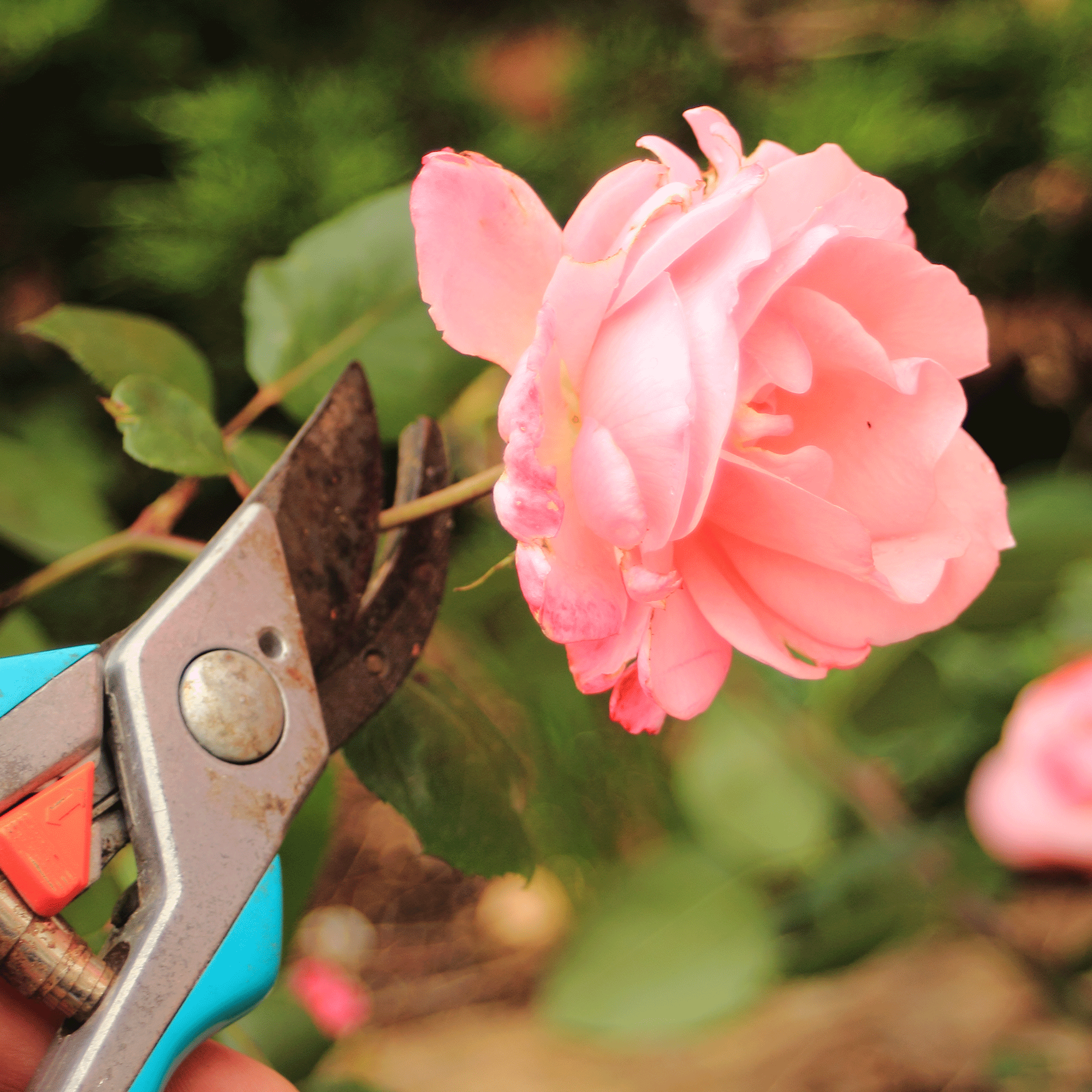
How to deadhead roses
Even the most beautiful rose blooms won't last forever. Once the flowers begin to wilt and fade, it's time to take action.
Thankfully, deadheading is a relatively simple technique to learn, and short but regular sessions will go a long way towards encouraging flourishing displays.
'Your flowers will really thank you for it,' says professional gardener Sarah Raven. 'Deadheading redirects the plant's energy towards producing beautiful new blooms. It really is the simplest exercise but one that can garner such results!'
Get the Ideal Home Newsletter
Sign up to our newsletter for style and decor inspiration, house makeovers, project advice and more.
What you'll need

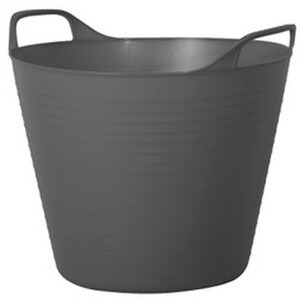
A handy garden trug to catch your clippings while you prune.
How to deadhead cluster roses
Depending on the type of rose, there are various ways to deadhead the plant. Truss roses grow clusters of blooms and can be deadheaded in stages to conserve the plant's energy.
Stage one is to remove a single faded flower from a blooming cluster. Wearing gardening gloves or gauntlets to protect your hands and arms from thorns, carefully snip away the individual decaying flower to prolong the life of the remaining truss of flowers.
If a whole cluster of roses (from the single stem) has died, it's time to move on to stage two. Remove the whole group, but cut further down the stem.

Although it can be tempting to simply snip or pull the head off a whole faded rose head, experts advise against doing so. 'The trouble with pulling heads off roses is that it takes time for the plant's hormones to settle down,' says Rosebie Morton, founder of The Real Flower Company. 'It will then re-shoot from the base and you’ll end up with a spindly stem.'
How to deadhead roses at the stem
Instead of deadheading roses from directly below where it joins the stem, look further down the cane to the first set of flourishing or shooting leaves and cut diagonally just above them.
'A good tip for deadheading roses is to find a multi-stem flower, cut the big stem of the spent flowers off and take it down to the first full leaf on the stem,' advises David Jordan, senior gardener at the National Trust's Anglesey Abbey in Cambridgeshire.
Tim Marshall, head gardener at Raby Castle, agrees: 'Cut the faded flower head just above the first set of healthy leaves. Using sharp and clean secateurs, make a diagonal cut at a 45-degree angle, around a quarter of an inch above a leaf junction or bud.'

David Jordan is a senior gardener at Anglesey Abbey with over 20 years of experience. Among his roles, he has worked in historic gardens and landscapes and has grown his expertise in snowdrop varieties and propagation, as well as looking after a large collection of dahlia plants and tubers at Anglesey Abbey.

How to deadhead roses with buds
If you have spawning buds close to a dead rosehead, you’ll want to save them to bloom.
To get a healthy new flower with a strong stem, look for any new buds within close proximity to the dead flower on the same stem. 'While you still have buds coming, take the head off as close as you can to the stem to leave the current buds to bloom,' explains Rosebie from The Real Flower Company.
Make sure you remove all spent flowers. 'Remember to dispose of the cuttings and to clean and sanitise your tools after each use to prevent the spread of diseases,' adds Tim from Raby Castle.
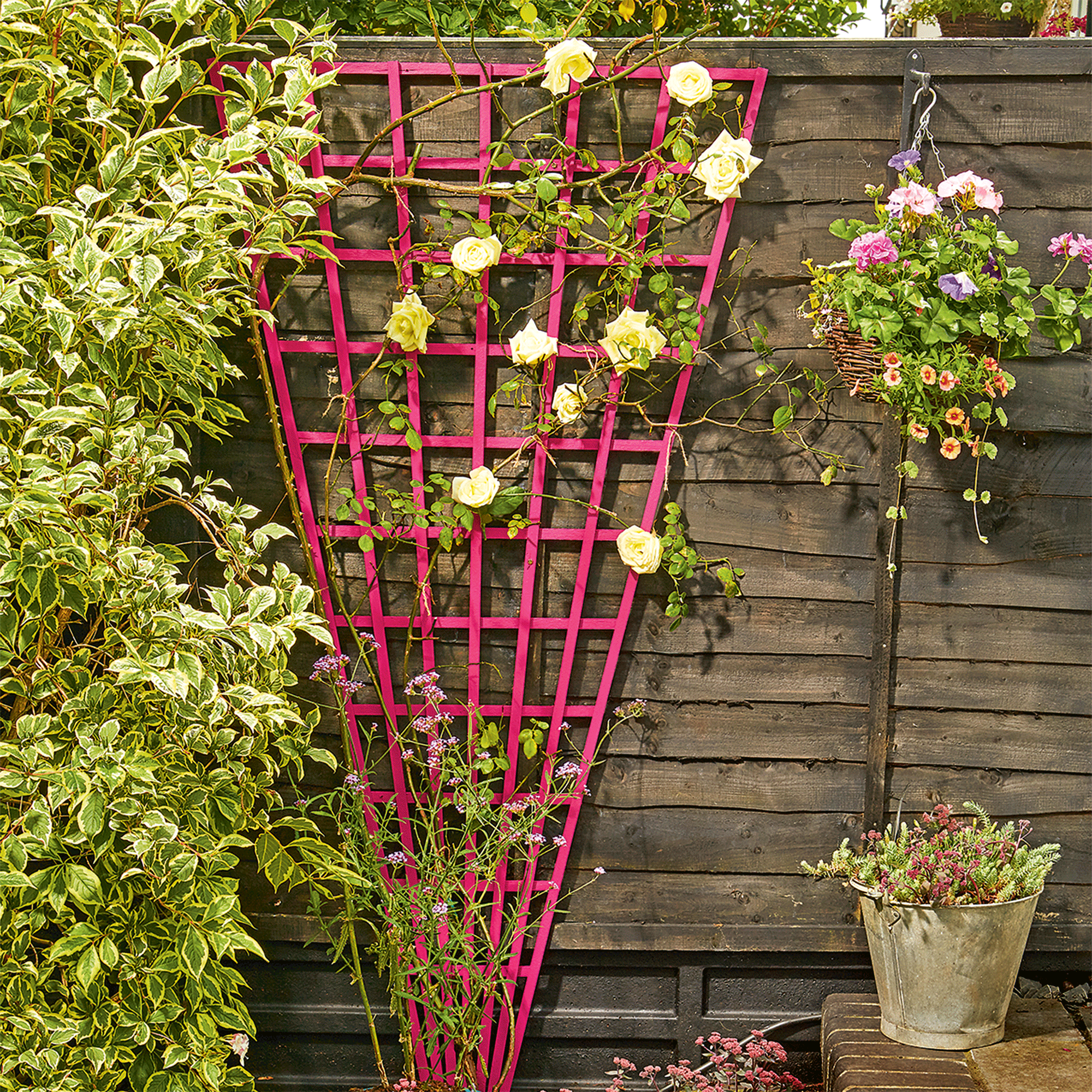
FAQs
When should I deadhead roses?
'Deadheading is best in the summer,' says David from Anglesey Abbey. 'It helps encourage more flower growth so the plants bloom for longer.'
You'll know it's time to deadhead roses when they have finished their blooming phase and the petals start to show signs of wilting or dropping.
Where do you cut roses when deadheading?
When it comes to deadheading, it's important to ensure you're making the right cuts. 'Don’t just remove the flower head,' says Angela from Hayes Garden World. 'Cut it back to a strong leaf joint or to where you can see another branch breaking out from the stem.'
Now you know how to deadhead roses, you'll start to see your best displays yet.
Rachel Homer has been in the interiors publishing industry for over 15 years. Starting as a Style Assistant on Inspirations Magazine, she has since worked for some of the UK’s leading interiors magazines and websites. After starting a family, she moved from being a content editor at Idealhome.co.uk to be a digital freelancer and hasn’t looked back.
- Sophie KingGardens Editor
-
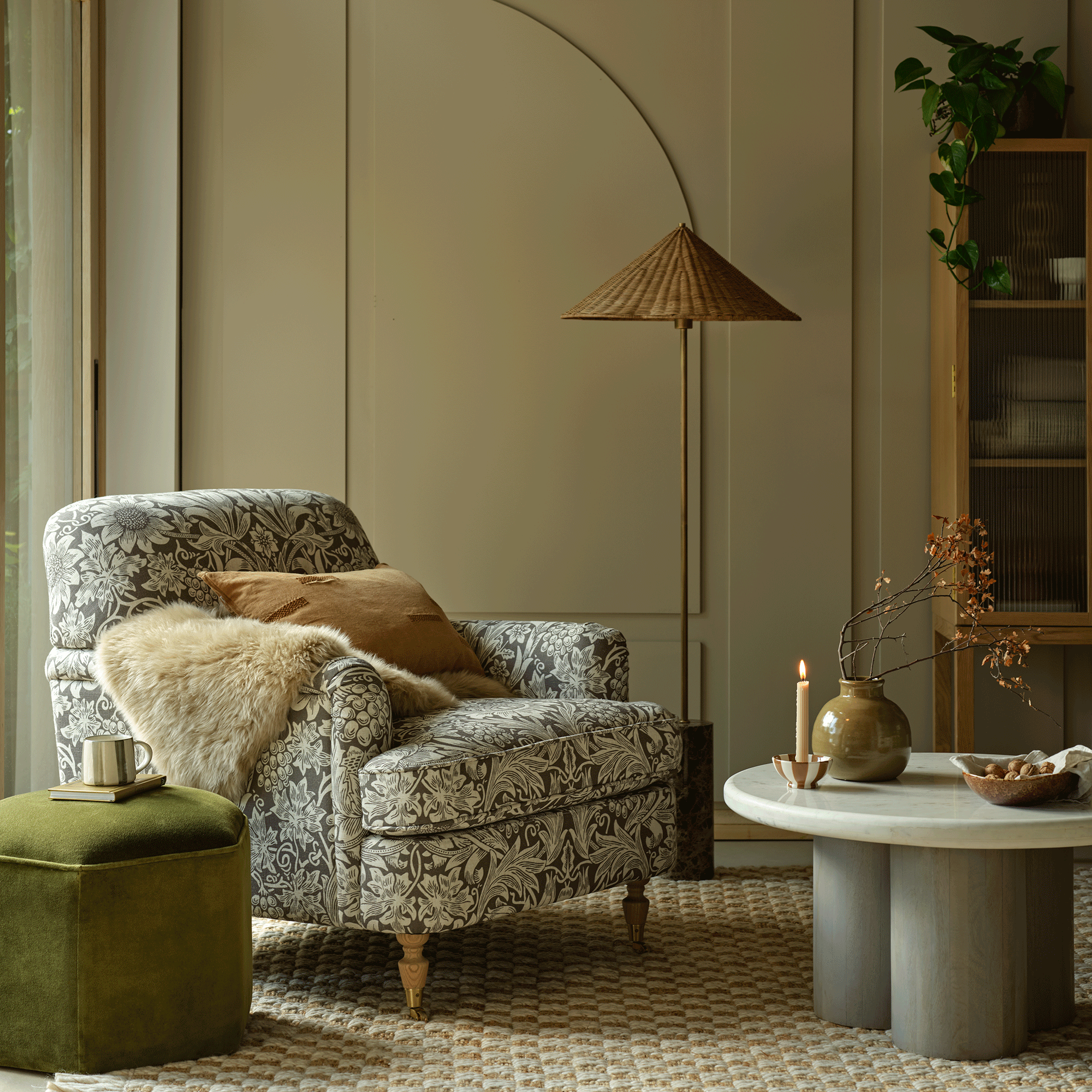 I finally got my hands on the sellout Morris & Co armchair from Habitat, and it looks even better in person
I finally got my hands on the sellout Morris & Co armchair from Habitat, and it looks even better in personIt's back in stock, and well worth the wait
By Rebecca Knight
-
 How to stratify seeds – gardening pros swear by this secret to a thriving garden
How to stratify seeds – gardening pros swear by this secret to a thriving gardenThis little-known secret is a must for a lush garden this year
By Kayleigh Dray
-
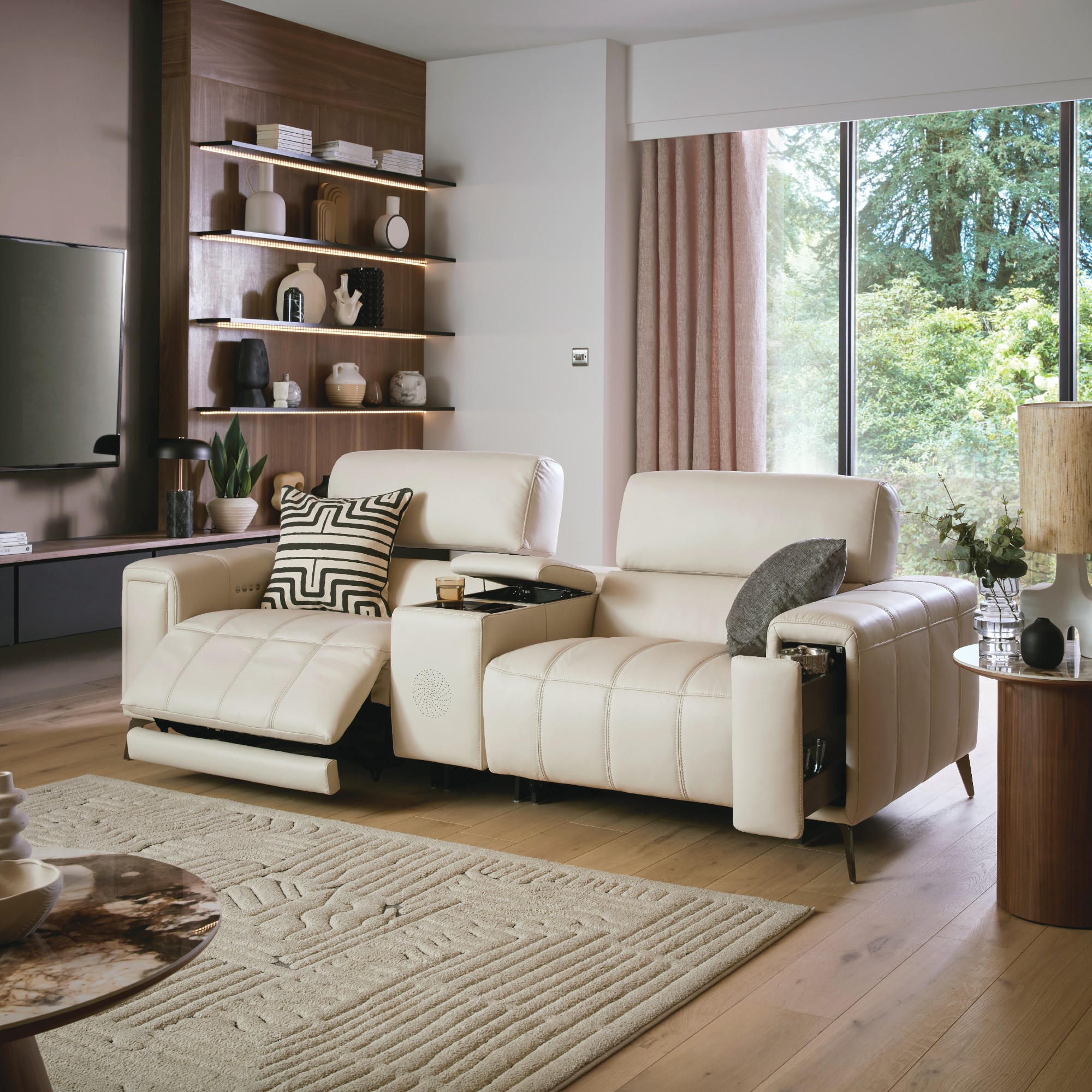 Cinema sofas are this year's breakout furniture trend, but are you a fan of this controversial sofa style?
Cinema sofas are this year's breakout furniture trend, but are you a fan of this controversial sofa style?Let us know in the comments
By Rebecca Knight
-
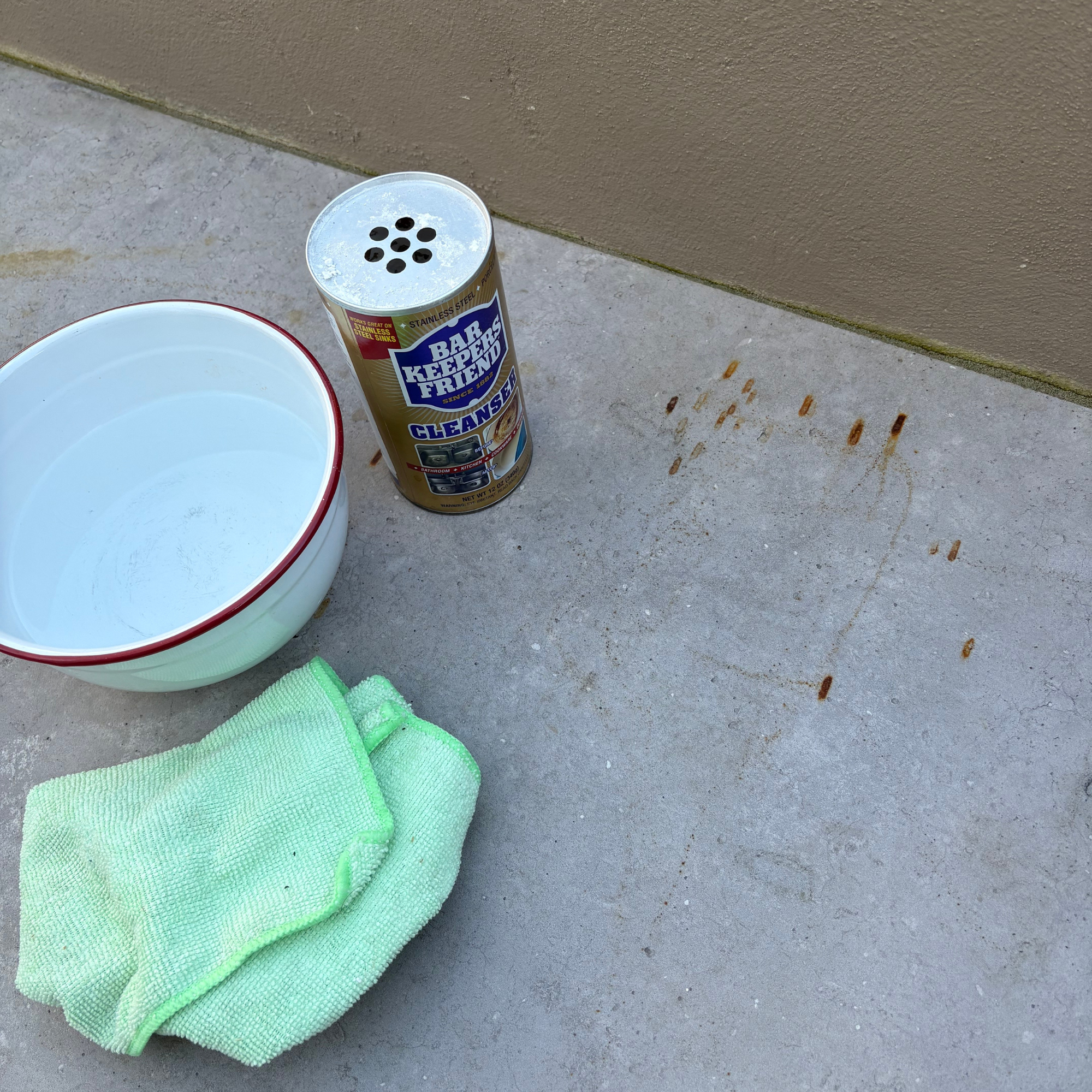 I’ve found the best solution for cleaning stains from a patio - and it’s only £8 on Amazon
I’ve found the best solution for cleaning stains from a patio - and it’s only £8 on AmazonThe stains practically vanish!
By Kezia Reynolds
-
 Lidl’s £15 sun sail is everything you need to create a shady oasis in your garden – and it’s on sale right now
Lidl’s £15 sun sail is everything you need to create a shady oasis in your garden – and it’s on sale right nowWith two stylish colours available, the sun sail will make a chic yet practical addition to any of your garden.
By Kezia Reynolds
-
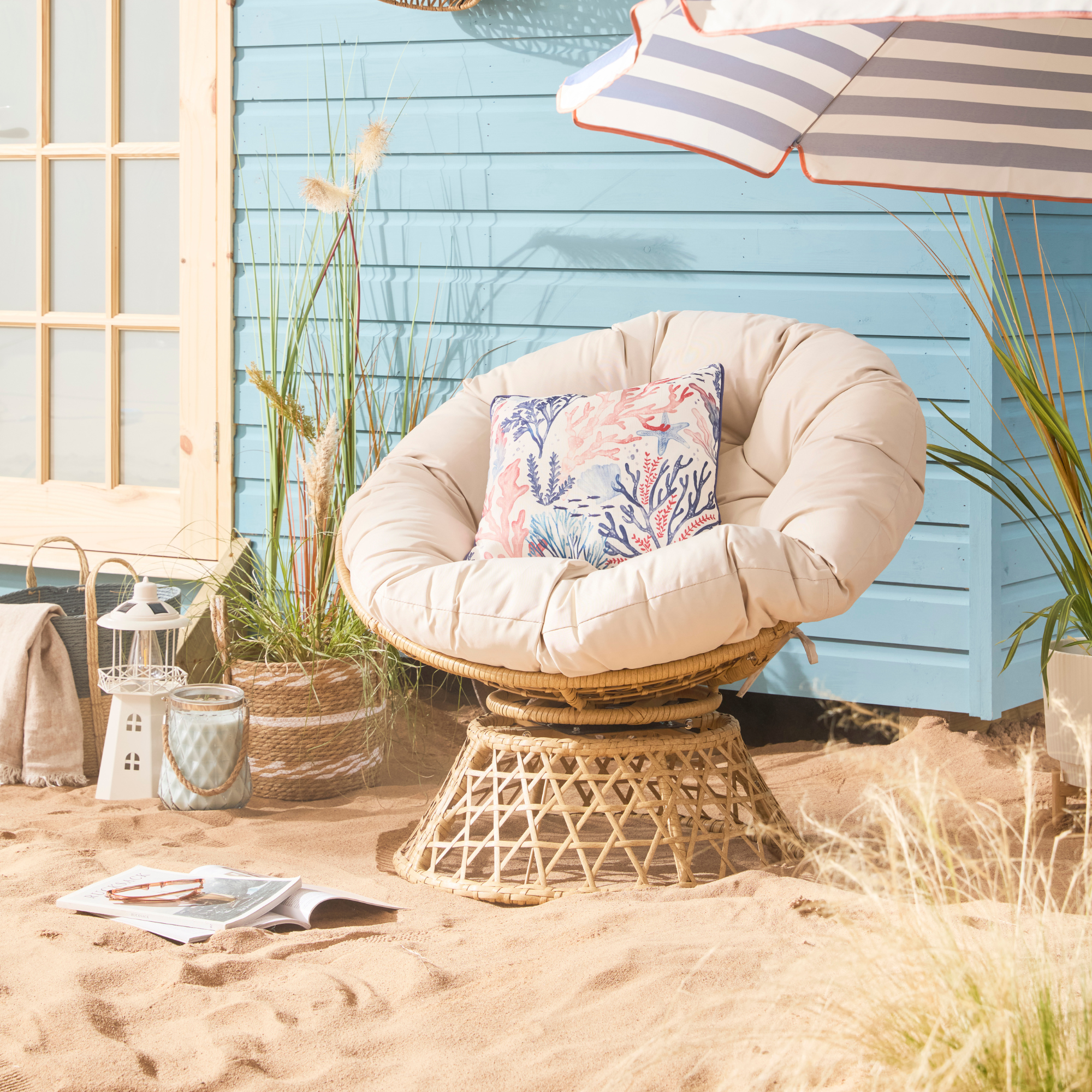 B&M has nailed 2025's breakout garden furniture trend - it's one of the most affordable and stylish I've seen
B&M has nailed 2025's breakout garden furniture trend - it's one of the most affordable and stylish I've seenGet the luxe look for less
By Kezia Reynolds
-
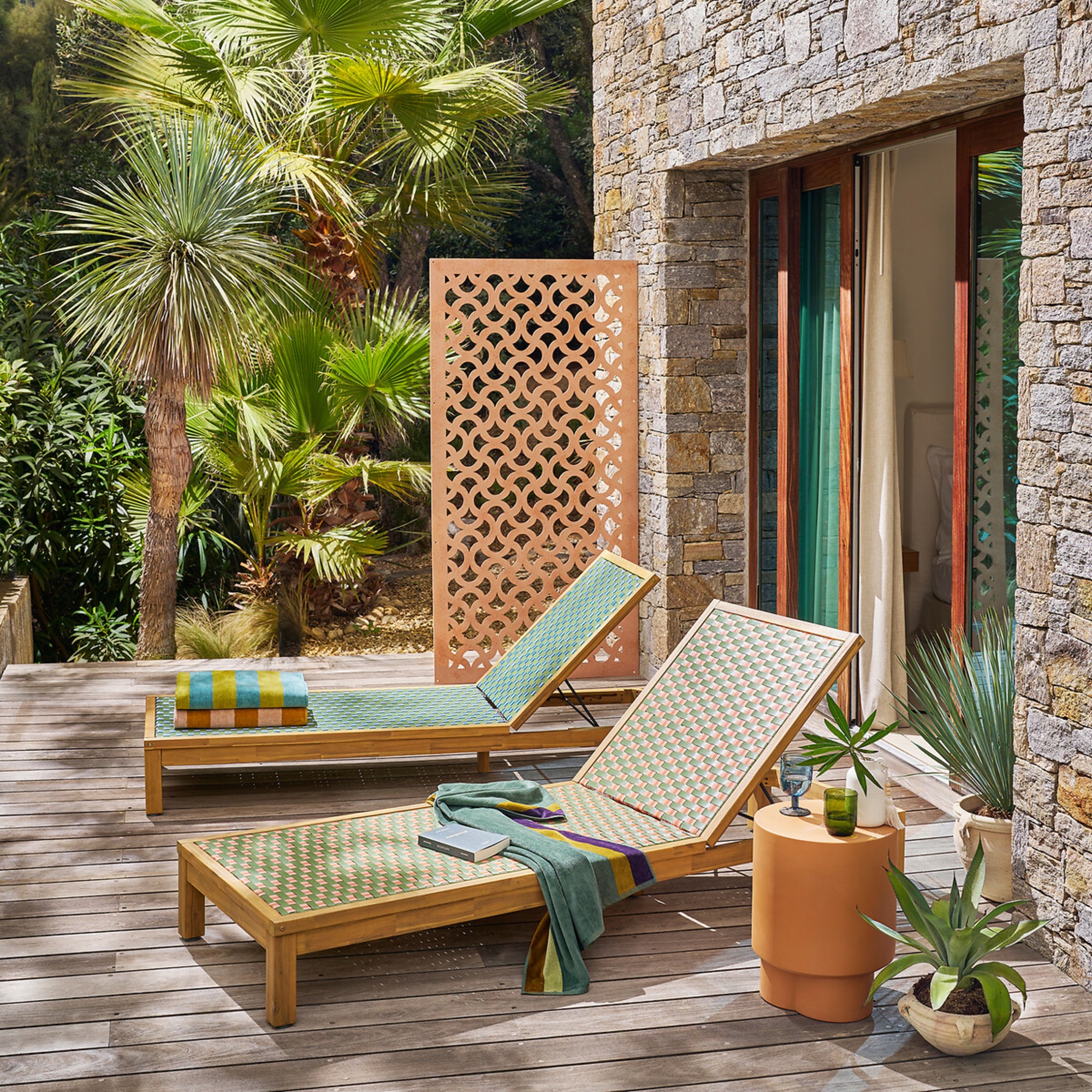 I was shocked to discover a treasure-trove of designer-look garden furniture at La Redoute on sale right now – 6 chic standouts
I was shocked to discover a treasure-trove of designer-look garden furniture at La Redoute on sale right now – 6 chic standoutsGive your garden that high-end look
By Sara Hesikova
-
 Lidl garden range includes a genius hack to instantly make a patio look more expensive – and it's only £17
Lidl garden range includes a genius hack to instantly make a patio look more expensive – and it's only £17Is your patio decking looking a little tired? We suggest you head to your nearest Lidl right away
By Kezia Reynolds
-
 Aldi's BBQ top pizza oven is back in time for summer – and it's even cheaper than last year
Aldi's BBQ top pizza oven is back in time for summer – and it's even cheaper than last yearAny budding dough-spinners would be foolish to miss out on this bargain buy
By Kezia Reynolds
-
 George Home's curved garden furniture collection has nailed this year’s hottest seating trend – these are our top picks from the collection
George Home's curved garden furniture collection has nailed this year’s hottest seating trend – these are our top picks from the collectionIt's both comfortable and stylish
By Kezia Reynolds
-
 IKEA's mini greenhouse has just launched in a stunning on-trend colourway – and it's only £15
IKEA's mini greenhouse has just launched in a stunning on-trend colourway – and it's only £15The striking new blue colourway is perfect for seeing in the spring in style
By Kezia Reynolds
